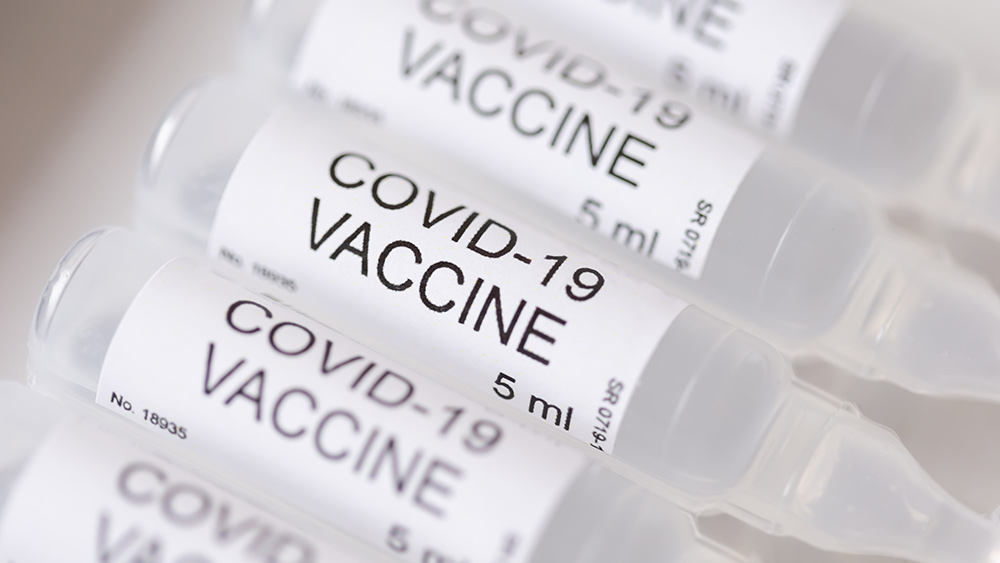 Parler
Parler Gab
Gab
Vaccine causing serious adverse events
Another problem with the vaccine is that its adverse events are being classified in a way that downplays their seriousness. For example, neurologic adverse events such as neuroinflammatory and thrombotic events and Bell’s palsy are far from non-serious and can eventually become life-threatening conditions needing ongoing medical care and related expenses. The short term studies used are not able to truly say whether initial exposure to the vaccine played a role in setting patients up for a lifelong chronic illness. The vaccine adverse events that were seen in the Pfizer study might indicate pathogenic priming, particularly given the fact that more serious adverse events were seen when people got the second dose. In the vaccine trials whose participants ranged in age from 18 to 55, 18 percent of participants experienced solicited serious adverse events while just 3 percent of those in the placebo group experience such events. This indicates that serious side effects can be expected at a rate that is five times higher than those who do not get the vaccine. Some of the effects seen included vomiting, muscle and joint pain, diarrhea, chills, severe fatigue and headache. And although it is impossible to say for sure this early, it seems likely that these conditions could, in fact, represent pathogenic priming instances and put people at a higher risk of serious morbidity should they be infected with the virus in the future. The problem is particularly pronounced among older trial participants in the over-55 group. The vaccinated group in this age range was 10 times more likely to experience a serious adverse effect upon being given the second dose of the vaccine versus the first dose compared to a rate of 1:1 that was seen in the unvaccinated. All of this is yet another reason that people need to think very seriously about what is at stake when they get this vaccine and whether the risks are worth it. Sources for this article include: LifeSiteNews.com NCBI.NLM.NIH.govThey are screwing with the weather maps: SUN is BAD!
By News Editors // Share
Zionist groups urge Trump White House to prioritize deporting anti-Israel protesters
By newseditors // Share
Trump: Turkey was behind the Assad regime's downfall
By bellecarter // Share
Cold War's deadly legacy: 100 Missing SUITCASE NUKES threaten modern security
By ramontomeydw // Share











